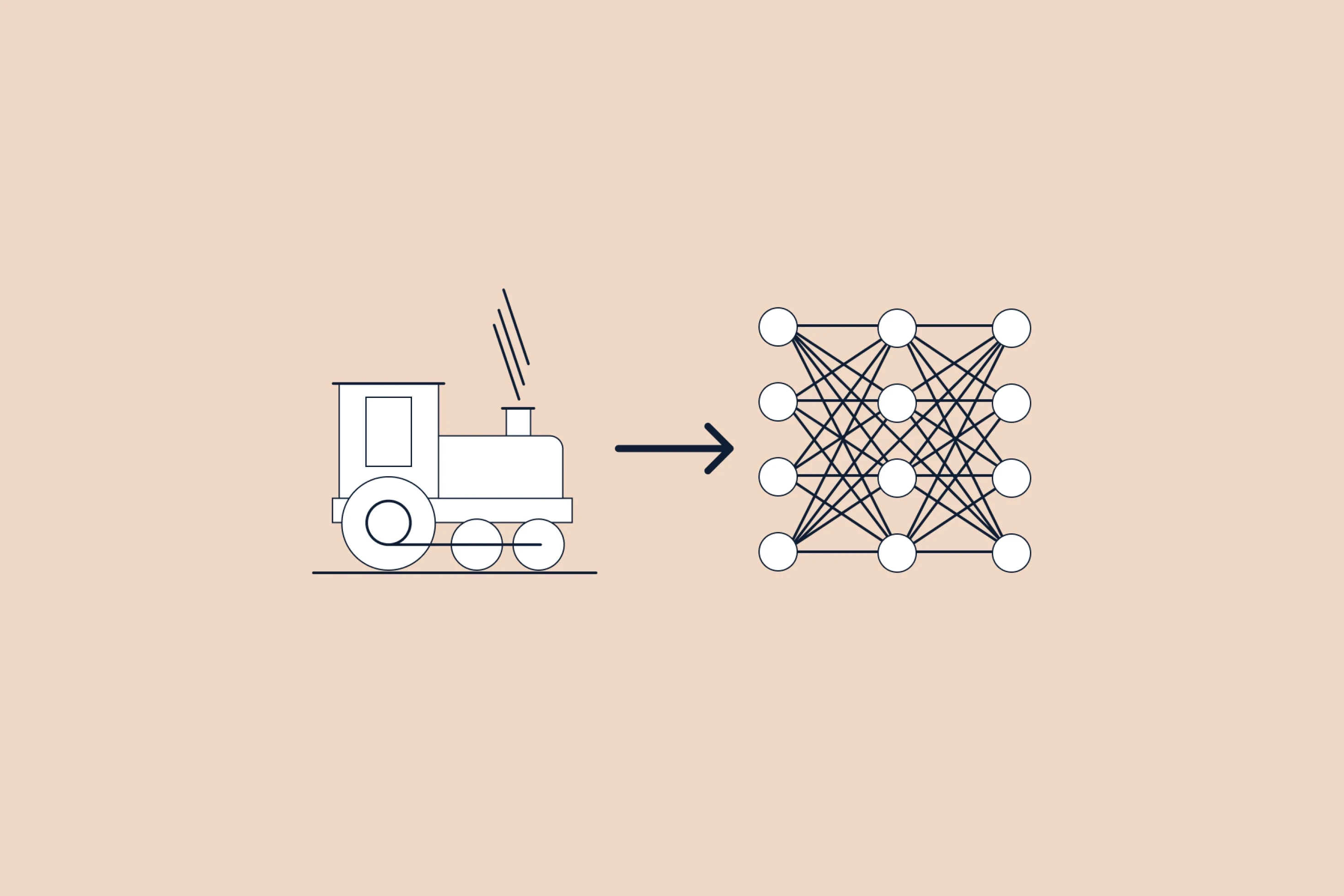What is No-Code Ops?
There is a new standard in operations that has developed in technology ventures and that will end up reaching traditional sectors. “No-code ops” - short for no-code operations - has arrived, and is going to radically transform how companies operate.
What is no-code operations?
Let’s start with a definition:
“No-code ops is leveraging no-code tools for internal business operations.”
No-code tools have emerged as one of the most exciting software categories. With these platforms, non-technical users can create software functionality without writing code.
While most of the discussion around no-code has so far gravitated around how it might impact software development - no-code ops is another paradigm shift that got too little attention in comparison. For the first time, operators are in charge of automating their processes instead of relying on developers. They can build integrations, automate workflows, create custom internal tools and maintain these on their own.
What made this shift possible?
SaaS
Over the last 20 years, software engineers have progressively abstracted away successive technical layers, making them accessible as cloud-services. We all now use dozens of SaaS applications to get our work done, and all we need for that is our web browser. This has spearheaded new ways to collaborate that on-premise would never match. SaaS is here to stay.
APIs
Many SaaS vendors have understood the importance of providing an API on top of the GUI to allow for programmable interactions with their software. Today, if you are using a popular SaaS solution, in 90% of the cases they also provide an API. This means actions performed through the GUI can be performed by computers instead.
No-code platforms
The missing piece of the puzzle to let non-techies do what only developers could before started emerging with platforms like Zapier, Airtable and Bubble. These platforms provide a visual programming layer on top of code. With these, written instructions with code are replaced by menus and visual interfaces that anyone can learn in a relatively short amount of time.
Combine these three and you get a picture of today’s reality: all work gets done through SaaS tools; all SaaS tools have APIs; operators can have the tools to build on top these APIs without developers.
What does it change?
Everything.
Operators are now in charge
They no longer need the developers from their tech teams doing things for them. This solves a long lasting problem for both sides: engineers would rather work on engineering problems rather than operating automation topics, operators go from pitching their ideas and hoping they get put in the next sprint to actually building them
The speed of automation increases
With one or more no-code builders in each department, processes start improving every week. What used to be manual checklist is templated and turned into a Make scenario in two weeks by the very person running the process. They optimize the process as they run it, with close feedback loops since they use what they build on a daily basis.
No more divide between tech and business
No-code forces business people to take a step towards understanding tech. There is no such thing as no code at all: no-code tools just abstract code, and the same laws apply. You will get errors and will need to find out how to solve them. Getting into building gets operators closer to understanding how tech works. As a result, tech teams will be positively surprised as they get smarter questions from their business peers.
No-code ops is what will increasingly separate tech enabled businesses from tech companies with just a tech team. Are you a tech company? Then everyone should understand tech, not just your tech team.
This PE firm broke its own rule to deploy AI across 15 portfolio companies
How one PE firm deployed AI across 15 companies, transforming how teams work—during their busiest season.
How we look at AI Transformation
Explore the three phases of AI transformation and assess your organization's maturity level to effectively integrate AI into your operations.




